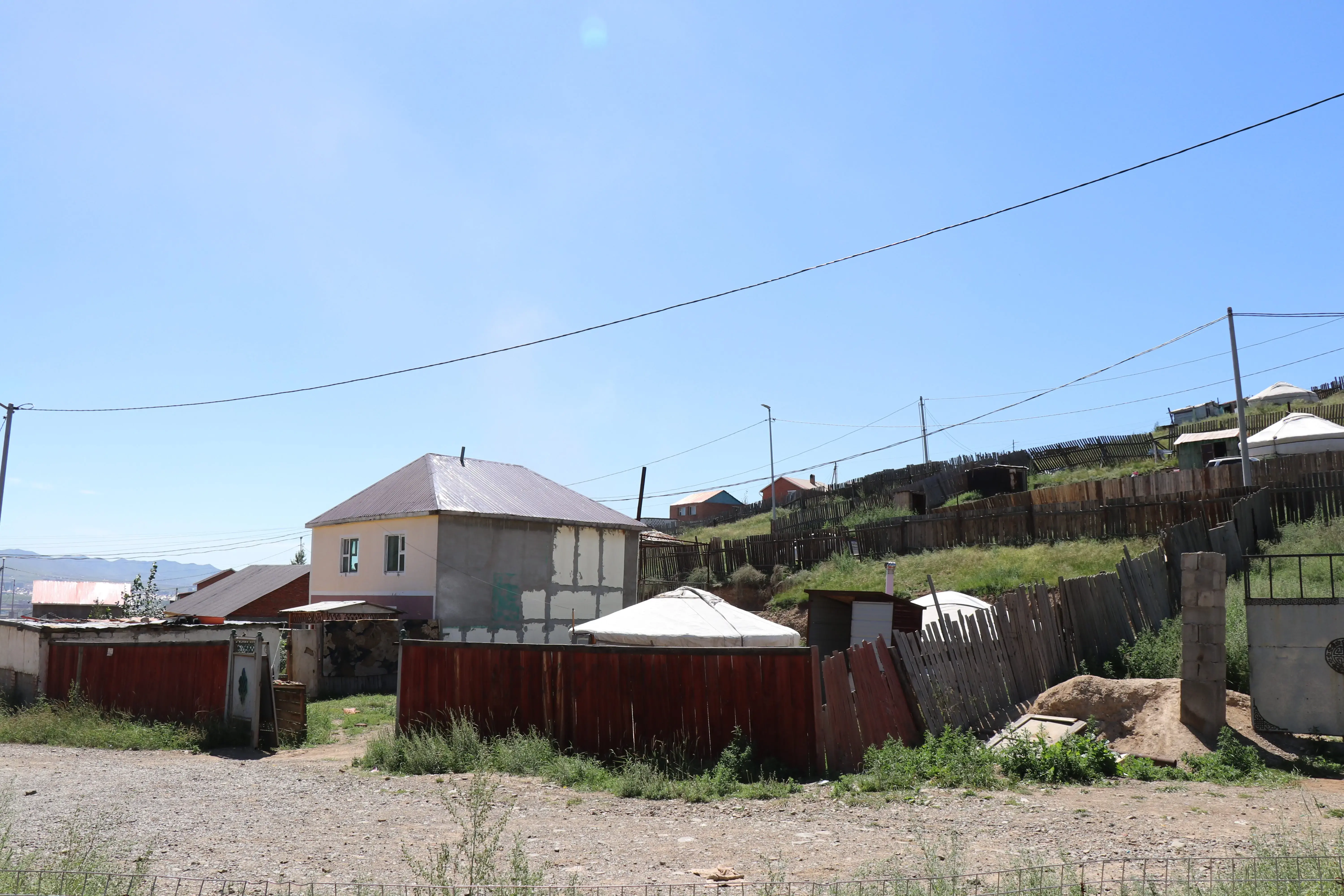
A community center in the recently settled Songinokhairkhan District of Mongolia's capital city offers access to resources and education for nearby residents.
As rural communities rapidly migrate toward urban centers seeking education and employment, they face a variety of challenges as they transition from traditional nomadic herding practices to life in permanent settlements.
Ulaanbaatar’s Songinokhairkhan District in Mongolia has experienced a rapid growth in population density with little development of infrastructure and lacks sanitation, electricity, plumbing, and adequate medical resources and food.
GerHub, a local nonprofit, seeks to fill in some of these gaps with a community center.

As a nonprofit journalism organization, we depend on your support to fund more than 170 reporting projects every year on critical global and local issues. Donate any amount today to become a Pulitzer Center Champion and receive exclusive benefits!




GerHub, a nonprofit based in Ulaanbaatar, constructed a community center in the Songinokhairkhan District through a partnership with Rural Urban Framework, an architectural design research center at Hong Kong University.




Meat, dairy products, and animal fats are staples of a traditional diet among nomads in Mongolia, whose primary forms of sustenance came from herd animals, including sheep, yaks, horses, and cows. Urban ger settlements offer little space for animals to graze.
In Ulaanbaatar, 68% of households are food insecure. Those living in ger districts face the greatest barriers to food, including higher rates of unemployment, lower income, lack of available resources, and few methods of transportation.
Fresh produce is often prohibitively expensive in Mongolia, as most fruits and vegetables are imported due to the country’s short growth season, high altitude, and extreme fluctuation in temperatures.




Most Songinokhairkhan District residents cite education as their reason for migration, but ger areas often lack the same educational resources that are available in the central districts of the city and ger district residents consistently have lower rates of education than residents of other districts. While schools exist in the Songinokhairkhan District, young students face barriers to education, including difficult commutes and high rates of pollution in school buildings.









